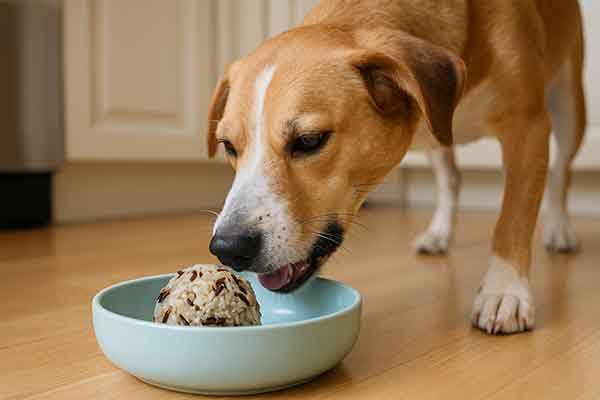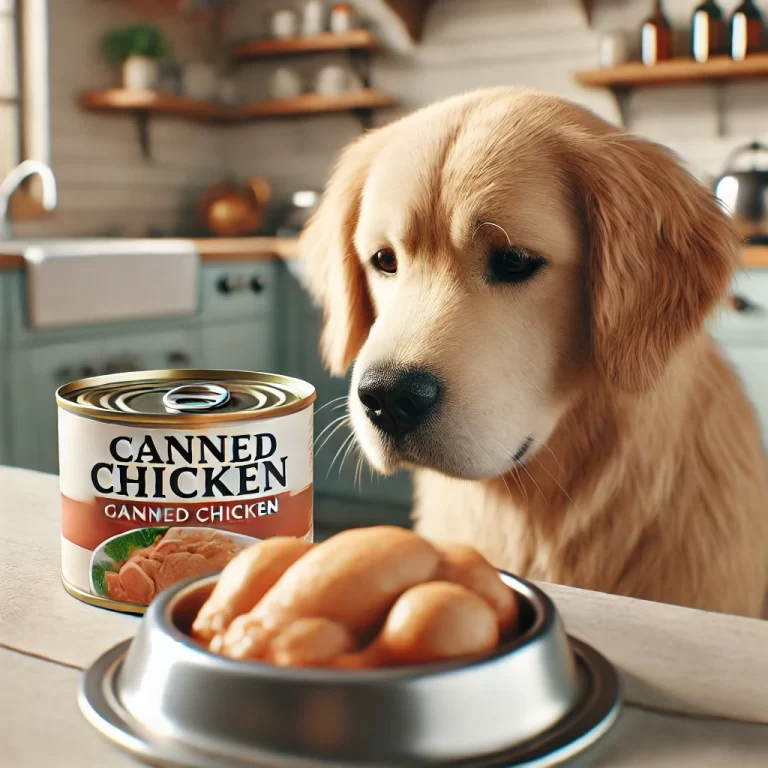Can Dogs Have Wild Rice? Benefits, Risks & Feeding Guide
As dog owners become more conscious about canine nutrition, questions like “Can dogs have wild rice?” are increasingly common. Wild rice is often viewed as a healthier alternative to white rice or even brown rice, thanks to its high fiber, protein, and antioxidant content. But is it a good addition to your dog’s bowl? In this article, we’ll break down the benefits, potential risks, serving guidelines, and how wild rice fits into a balanced canine diet.
Table of Contents
- What Is Wild Rice?
- Is Wild Rice Safe for Dogs?
- Nutritional Benefits of Wild Rice for Dogs
- How to Prepare Wild Rice for Dogs
- How Much Wild Rice Can Dogs Eat?
- Wild Rice vs. Other Grains in Dog Food
- Potential Risks and Precautions
- FAQ
What Is Wild Rice?
Despite its name, wild rice is not a true rice but rather the seed of aquatic grasses primarily grown in North America. It has a dark, nutty appearance and a chewy texture, making it a popular grain alternative in healthy human diets. Because it’s less processed than white or brown rice, wild rice retains more nutrients and fiber, which has led many dog owners to consider it for their pets as well.
Is Wild Rice Safe for Dogs?
Yes, wild rice is safe for dogs to eat when cooked and served properly. It is non-toxic and can be a nutritious part of your dog’s diet if fed in moderation. In fact, wild rice is commonly included in high-quality commercial dog foods as a source of complex carbohydrates and fiber.
Nutritional Benefits of Wild Rice for Dogs
Here’s a breakdown of the key nutrients wild rice provides and how they benefit your dog:
1. High in Fiber
Wild rice contains a good amount of dietary fiber, which supports digestive health, improves bowel regularity, and may help control blood sugar levels in dogs with diabetes.
2. Good Source of Protein
Unlike most grains, wild rice has a relatively high protein content, which can contribute to your dog’s muscle development and repair.
3. Antioxidants and Vitamins
Wild rice is rich in antioxidants that help fight cell damage. It also contains B vitamins (like niacin and folate), magnesium, and zinc—all of which support your dog’s immune system and metabolism.
4. Low in Fat
It’s naturally low in fat and cholesterol, making it a heart-healthy option for dogs with weight concerns or those prone to pancreatitis.

How to Prepare Wild Rice for Dogs
Proper preparation is essential to make wild rice safe and digestible for dogs. Here’s how:
Step-by-Step Cooking Guide:
- Rinse the wild rice thoroughly under cold water to remove debris
- Use a 3:1 water-to-rice ratio (3 cups of water for every cup of rice)
- Bring to a boil, then reduce heat and simmer for 40–45 minutes until the grains split open
- Drain any excess water and allow the rice to cool completely
Do not add salt, butter, oil, garlic, or onions, as these ingredients are harmful to dogs.
How Much Wild Rice Can Dogs Eat?
Wild rice should be treated as a supplement or topper, not a primary food source. A good guideline is:
- Small dogs: 1–2 tablespoons per meal
- Medium dogs: 2–4 tablespoons per meal
- Large dogs: Up to 1/4 cup per meal
Portion sizes should be adjusted based on your dog’s age, weight, activity level, and dietary needs. Always introduce wild rice slowly to monitor for any adverse reactions such as gas or loose stools.
Wild Rice vs. Other Grains in Dog Food
| Grain | Pros | Cons |
|---|---|---|
| Wild Rice | High in fiber, antioxidants, and protein | Longer cooking time |
| White Rice | Easy to digest, quick to cook | Lower in nutrients and fiber |
| Brown Rice | More nutritious than white rice | Harder to digest for sensitive dogs |
| Oatmeal | Good for sensitive stomachs | Some dogs may be allergic to oats |
| Quinoa | High in protein and minerals | May cause stomach upset in some dogs |
Wild rice stands out for its nutrient density and digestibility, especially when served plain and properly cooked.
Potential Risks and Precautions
1. Digestive Upset
Introducing too much wild rice at once may cause diarrhea or gas. Always start small and mix it with familiar foods.
2. Caloric Intake
While wild rice is healthy, it still adds calories. Overfeeding may contribute to weight gain if not accounted for in your dog’s daily caloric needs.
3. Allergies
Although rare, some dogs may develop food sensitivities or allergic reactions to grains. Watch for signs like itching, ear infections, or GI distress.
4. Choking Hazard (Uncooked)
Never give dogs raw wild rice. It is hard, indigestible, and can pose a choking hazard.
FAQ
Can dogs eat wild rice every day?
Yes, in small amounts, wild rice can be fed daily as part of a balanced diet. However, it should never replace a high-quality protein source.
Is wild rice better than white rice for dogs?
In most cases, yes. Wild rice offers more fiber, vitamins, and minerals than white rice, making it a more nutritious choice for most dogs.
Can puppies have wild rice?
Puppies can eat wild rice in moderation, but it should be introduced gradually and under the guidance of your vet, especially for very young or small breeds.
Can dogs be allergic to wild rice?
While it’s rare, food sensitivities to wild rice are possible. Start with a small amount and observe your dog for any signs of allergies.
Can I mix wild rice with my dog’s regular kibble?
Absolutely. Wild rice can be a nutritious topper or mix-in to enhance your dog’s kibble with added texture and nutrition.
Conclusion
So, can dogs have wild rice? Yes—wild rice is not only safe but also a wholesome, nutrient-rich food that can benefit your dog when prepared and served correctly. Its high fiber content, protein levels, and antioxidant properties make it a valuable addition to your dog’s diet in moderation.
As with any new food, introduce wild rice slowly, watch for signs of intolerance, and consult your veterinarian if your dog has any specific health concerns or dietary restrictions. With the right approach, wild rice can be a tasty, healthy complement to your dog’s meals.


